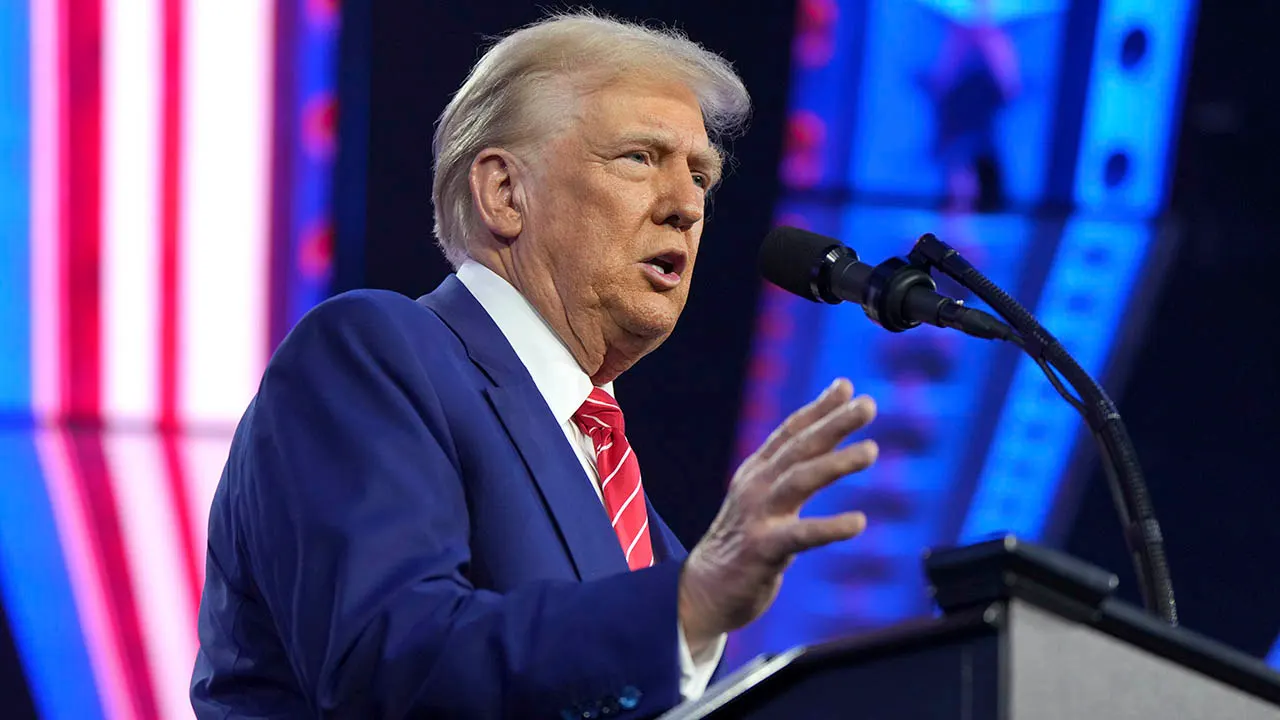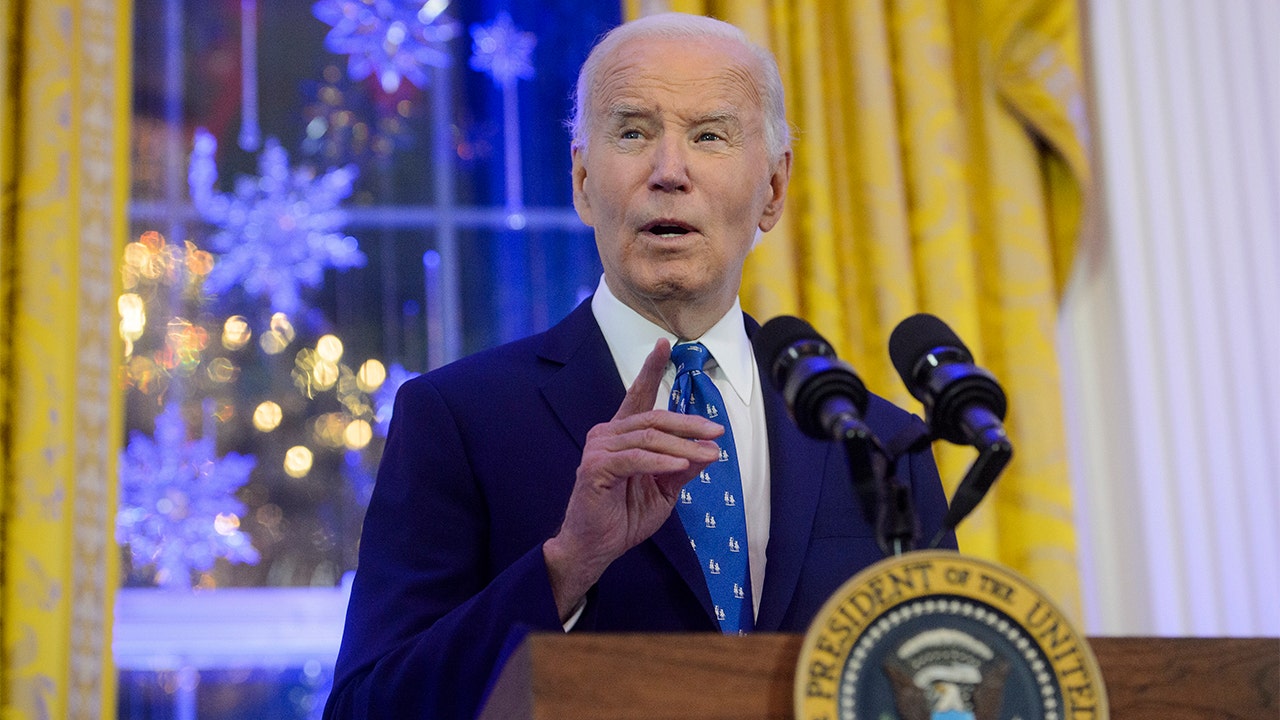North Korea said for the first time on Thursday that it had tested technology for launching several nuclear warheads with a single missile, days after President Vladimir V. Putin of Russia visited the North and raised the prospect of expanded military and technical cooperation.
The test on Wednesday was “aimed at securing the MIRV capability,” the North’s state-run Korean Central News Agency reported. MIRV stands for “multiple independently targetable re-entry vehicle,” a missile payload containing several warheads, each of which can be sent to a different target. The report said the test had involved part of a MIRV system, not a full-fledged multiple-warhead missile.
Since North Korea’s leader, Kim Jong-un, hosted Mr. Putin for talks last week, officials and analysts have expressed concern that their deepening ties would encourage Mr. Kim to embark on an ambitious upgrade to his nuclear arsenal.
MIRV capability would be a drastic increase in the threat the North poses to the United States and its allies, because a high-speed ballistic missile splitting into several nuclear warheads, as well as decoys, is harder for missile defense systems to intercept. But experts believe the North is far from mastering the technology.
Col. Lee Sung-jun, a spokesman for the South Korean military, said on Thursday that there was “deception and exaggeration” in the North’s announcement. He did not elaborate, but he said photos of the test carried by state media may have been altered. South Korean officials dismissed the Wednesday test as a failure soon after it occurred, saying a missile had exploded over waters east of North Korea after flying 150 miles. They said the test appeared to have involved a hypersonic ballistic missile.
Under multiple United Nations Security Council resolutions, North Korea is forbidden to develop or test nuclear or ballistic missile technologies. But Mr. Kim has doubled down on expanding those capabilities since 2019, when his direct diplomacy with then-President Donald J. Trump collapsed.
Mr. Kim has found a new ally in Mr. Putin since the Russian leader ordered his full-scale invasion of Ukraine in 2022. Washington and its allies have accused the North of shipping vast amounts of artillery shells and other munitions to help Russia fight its war of attrition.
During Mr. Putin’s visit to Pyongyang last week, he and Mr. Kim signed a “comprehensive strategic partnership treaty,” which includes a joint commitment to “provide military and other assistance with all means in its possession without delay” when either country comes under attack.
The treaty also calls for “joint measures with the aim of strengthening the defense capabilities,” which has raised concern among Washington and its allies that Russia might help North Korea develop its missiles. Mr. Putin said in Pyongyang that Russia “does not exclude the development of military-technical cooperation” with the North.
A multi-warhead nuclear missile has long been on Mr. Kim’s wish list. But while the North has carried out several successful nuclear tests, it has yet to show that it can design even a single warhead that could survive a ballistic missile’s re-entry into the atmosphere and pose a threat to a distant adversary like the United States, experts say.
The North’s nuclear force is especially dependent on missiles as delivery vehicles because it lacks advanced warplanes or submarines from which to launch them. The North has been making solid-fuel missiles that are easier to move and to hide from adversaries, and it has been testing hypersonic missile technology, although South Korean officials say it is years away from true success in that area.
In its test on Wednesday, North Korea’s Missile Administration “successfully conducted the separation and guidance control test of individual mobile warheads,” according to the state media report. It said engineers had used the first-stage engine of an intermediate-range solid-fuel ballistic missile to conduct the test within a relatively modest radius, to ensure safety and to better gauge the flight characteristics of individual warheads.
“The separated mobile warheads were guided correctly to the three coordinate targets,” the report said. But it added that the engineers needed to “further improve the effectiveness of decoys,” that is, fake warheads that are meant to confuse defense systems.
The United States and South Korea have been expanding their joint defense posture, together with Japan, citing rising threats from the North as well as from China. Over the weekend, a nuclear-powered U.S. aircraft carrier group arrived in South Korea for a three-way joint exercise involving Japan. On Wednesday, South Korea conducted live-fire artillery and rocket exercises on islands near its western sea border with North Korea.





